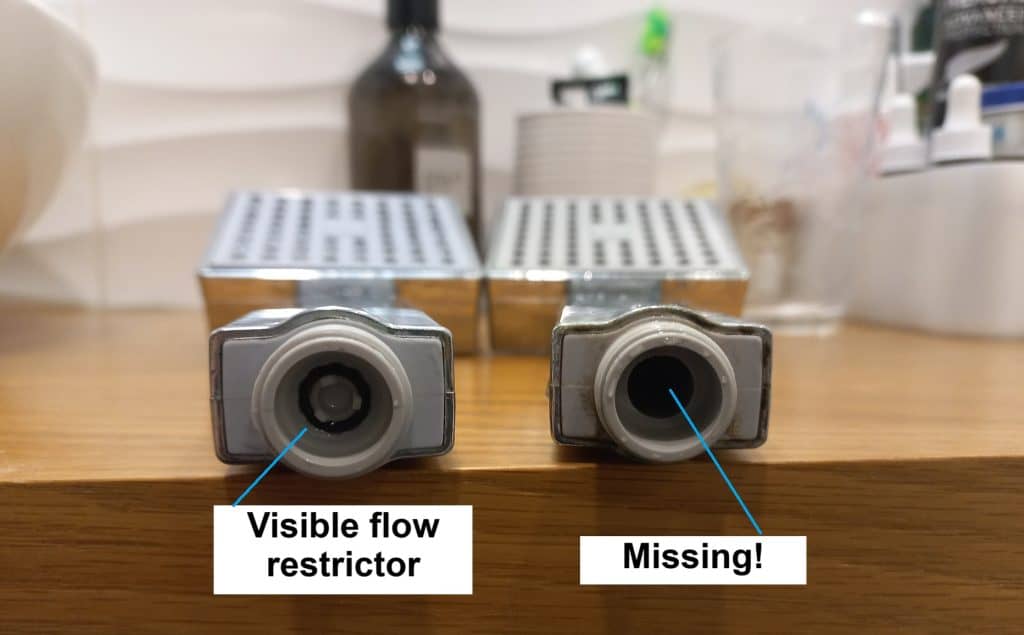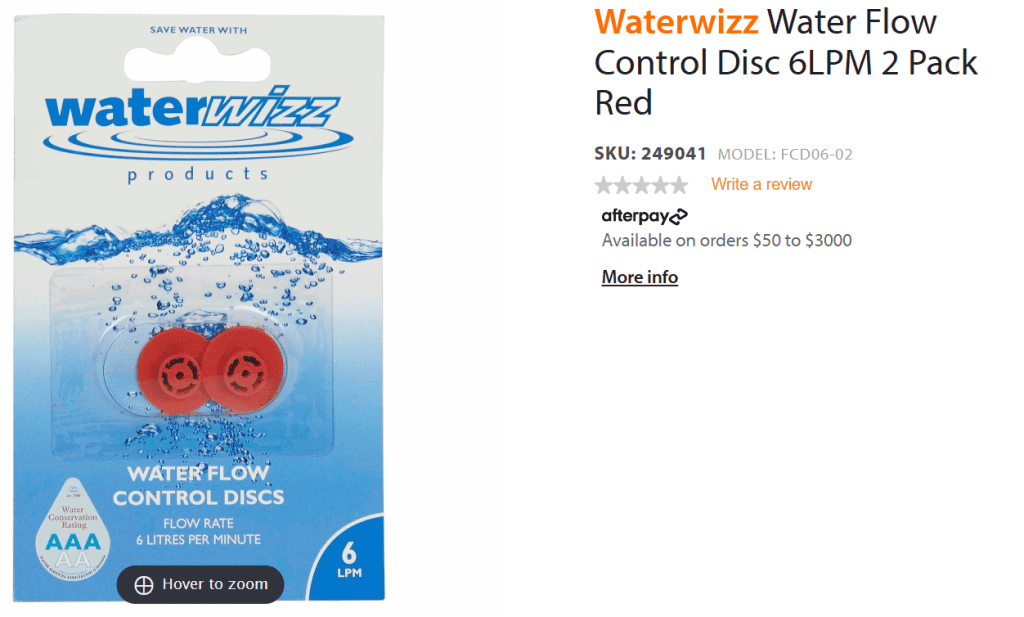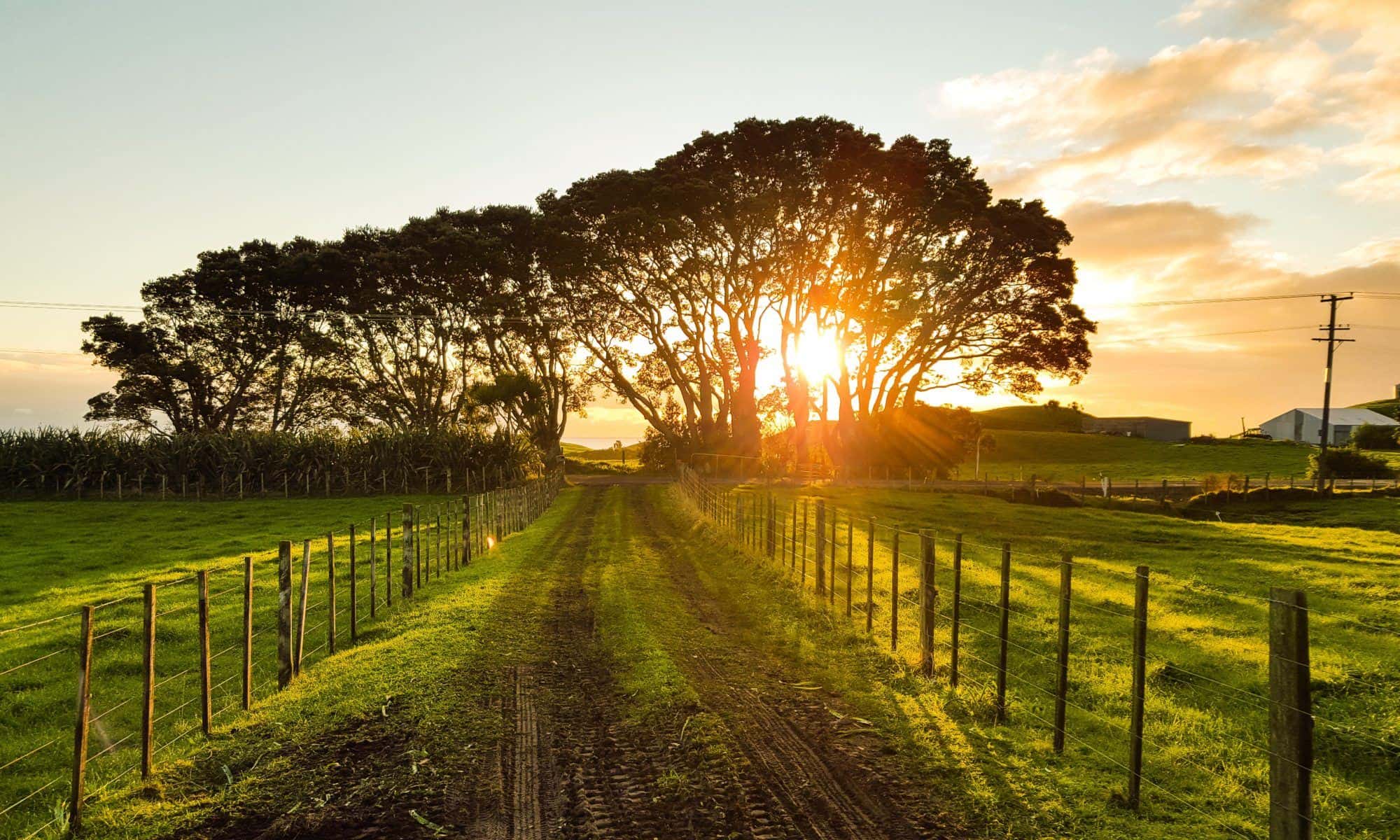Imagine a cold winters day – you have just gotten back from work and are looking to enjoying a nice hot shower.
Oh no! The kids were thinking the same and there is no hot water left.
Having had this exact issue today – I have set about seeing how I can optimise my hot water usage which should save both my sanity and my power bill.
How to save hot water
There are three basic steps that I use:
- 1 – Check how much water each shower uses
- 2 – Test some hot water savings options
- 3 – Check out the savings!
Step 1 – Check how much water each shower uses
To do this you need two things:
a) A bucket with clear litre markings
b) A stopwatch
The process is simple – fill up the bucket to a set mark from each of your showerheads, and time how long it takes.
The New Zealand Water Efficiency Labelling Scheme (WELS) allocates a star rating to how water efficient your shower is. The WELS suggests:
- 0 Stars: More than 16 litres per minute
- 1 Star: 12 to 16 litres per minute
- 2 Stars: 9 to 12 litres per minute
- 3 Stars: 7.5 to 9 litres per minute
- 4 Stars: 6.0 to 7.5 litres per minute
- 5 Stars: 4.5 to 6 litres per minute
- 6 Stars: 3 to 4.5 litres per minute
Typically a flow rate of 7.5 – 9 litres per minute is recommended as a good balance between comfort and efficiency for family showers. Showerheads with WELS (Water Efficiency Labelling Scheme) ratings of at least 3 stars meet this flow rate target.
To measure my house flow rates I used a basic Bunnings Warehouse bucket along with a Vivid to mark the “7 Litre” mark in black.
Here’s what I found:
| Location | Time to fill up 7 Litres? | Flow rate | WELS rating |
|---|---|---|---|
| Kids shower (normal) | 64 seconds | 6.6 litres / minute | **** |
| Kids shower (rainhead) | 58 seconds | 7.2 litres / minute | **** |
| Family shower | 70 seconds | 6.0 litres / minute | **** |
| Mum & Dad's shower | 37 seconds | 11.4 litres / minute | ** |
Ok, so I think I may have found the problem – my shower! Whoops.
With a flow rate around double of our family bathroom, my wife and I are chewing through more than our fair share of hot water.
Water flow restrictors
If you live in an urban area in NZ, chances are that you are on mains water pressure (i.e. pressure comes from the local council water network). This is the case for That Power Guy. This may not be the case if you are in a rural area &/or using tank water – you likely have a low pressure water system.
For those like me on mains pressure, your fittings most likely have pressure reducers fitted. Either from the factory, or fitted by your plumber when they were installed. Pressure reducers do two things – they reduce unnecessary water usage and they also make high pressure showers / taps etc more comfortable to use.
Most restrictors are visible if you screw your showerhead off the wall. This is what I did – and I could immediately see why one shower was using twice the amount of hot water as the others, the water restrictor was missing!

Step 2 – Test some hot water savings options
There are three main options I can think of to reduce my hot water usage:
- Take shorter showers (uhhh…. next!)
- Replace my shower head with a lower water consumption version ($100 – 200)
- Install a water restrictor ($10 – 20)
I popped down to Mitre 10 and brought a pack of these to try:

They are really simple to install into the showerhead and should cut hot water usage by around 50% – putting the flow rate into a range similar to my other showerheads.
3 – Check out the savings!
Ok now is the fun part (for me at least!). To figure out how much water and energy this change may save, let’s assume:
- Daily shower time: 10 minutes for each Mrs and Mr That Power Guy
- Old 2-star showerhead: 11 L/min
- New 4-star showerhead: 6 L/min
Water used per day:
- 2-star: 11 L/min × 10 min × 2 people = 220 litres/day
- 4-star: 6 L/min × 10 min × 2 people = 120 litres/day (i.e. 100 litres saved per day)
I expect this is actually on the conservative side, as if I go for a run or kayak after work I can easily have two showers a day. Same with Mrs That Power Guy (that power gal??).
Estimating annual savings in water consumption:
100 × 365 = 36,500 litres of water saved per year!
To calculate annual power savings it’s a bit more complicated.
First of all, I need to approximate how much of my shower water is heated (from the hot water cylinder) and how much is just from the mains supply.
A quick Google tells me that showers are typically 60-70% hot water mixed with around 30%-40% cold water. This is backed up by an American study I found that says “…73 percent of all water use for showerheads and lavatory faucets is hot”.
As we live in Auckland, and it’s kinda warm most of the time, I am going to be conservative and assume that 60% of my shower water is hot and the other 40% cold.
My hot water cylinder is set to 60 degrees celsius, and the cold tap water is about 15 degrees celsius, so I am raising the temperature of each litre of hot water by 45 degrees.
To calculate this in units of energy, I need to use the following formula:
Energy (kWh) = (Volume of water in litres x 1000 grams x temperature rise x Specific heat of water) / (3600 × 1000)
For my shower, this is :
(36,500 litres x 45°C x 1000 grams x 4.186 joules/gram/°C) / (3,600,000) = 1,910 units of electricity.
My average cost of per unit (kWh) last year was around 25 cents – therefore the extra cost of heating this water I can estimate as : 1,910 x $0.25 = $477 per year
I’m pretty impressed at this. Almost $500 per year is a large saving on my power bill – equating to around two months free power.
I’ll update this post after a few months and see whether the change has made a real difference….
In the meantime, shower time!
– TPG
